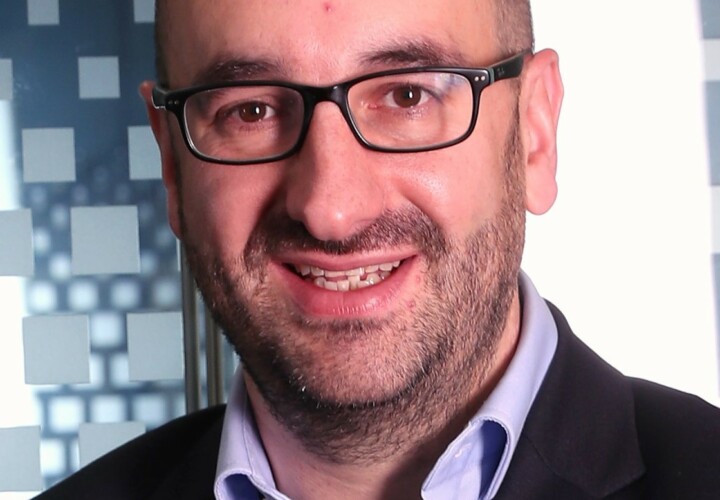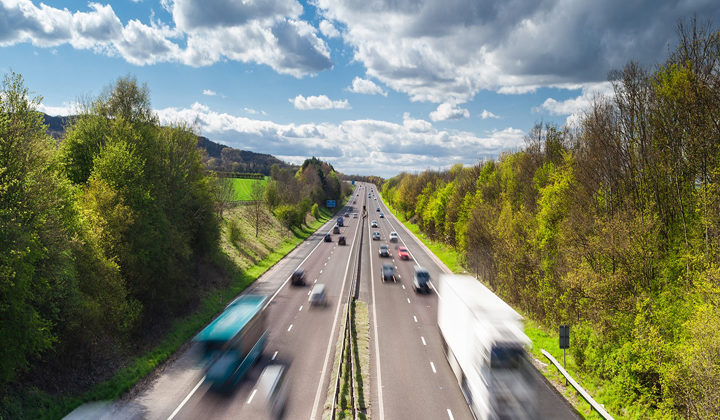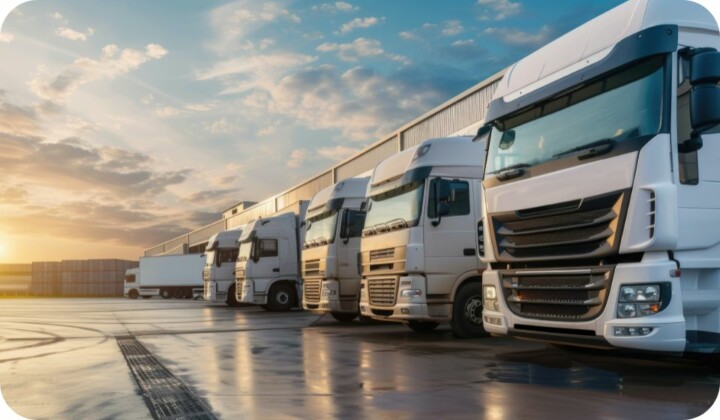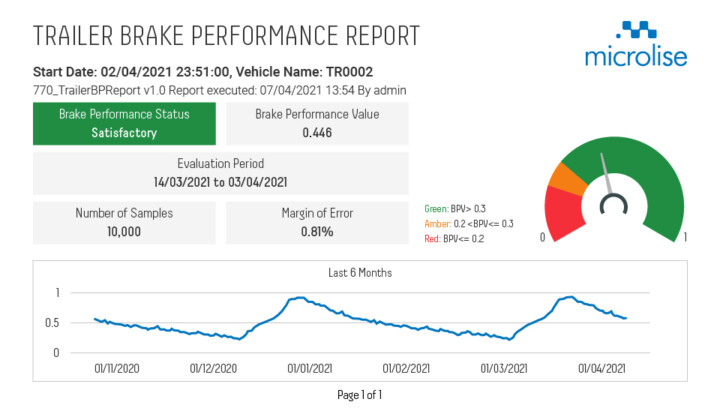Highways England is the Government company charged with operating, maintaining and improving England’s motorways and major ‘A’ roads. With a road network totalling approximately 4,300 miles, this represents only 2 per cent of all roads in England by length, but is responsible for carrying a third of all traffic by mileage and two thirds of all heavy goods traffic.
At the 2019 Microlise Transport Conference, Elliot Shaw, Executive Director of Strategy & Planning at Highways England, outlined how the agency is embracing technological advances, and working with customers – including hauliers – to deliver a road network that is safe and reliable and meets the country’s changing needs.
After his presentation, Elliot answered a number of audience questions including:
1. On completed Smart Motorways, does the software require an upgrade to ensure that restricted speeds are only activated when there are actual delays, rather than using trends to activate?
Variable speed limits on smart motorways are used for a variety of reasons, including managing traffic to prevent ‘stop-start’ traffic pulses, which increase journey times and have negative safety and environmental impacts. We continually review the operation of variable speed limits, to enable smoother and safer journeys on our network.
2. How will you support growth in road capacity after smart motorways are completed?
The conversion of motorways to smart motorways is an important way of increasing the capacity, of our existing network, and further work in this area is proposed in the next Road Period (2020-2025).
We are progressing a number of road schemes that will add capacity at strategic points on the road network, such as the Lower Thames Crossing, which will provide an alternative route for traffic travelling between Kent and Essex.
But it’s not simply a case of adding capacity: we are also working to smooth demand across the network by, for example, providing accurate and timely information to road users.
3. Why aren’t Highways England supporting safe and secure parking locations for drivers on the SRN which would deliver environmental benefits as well as crime and safety benefits?
Highways England operates the strategic road network, but not roadside facilities such as motorway service stations and lorry parks. However, we recently researched demand for lorry parks across England, and factors that make a successful lorry park.
We are now engaging with local planning authorities and wider stakeholders to bring forward schemes for new lorry parks, and to maximise the utilisation of existing sites.
4. You recently ran a trial and increased speed through road works on the M6 to 60mph from 50mph; what was the feedback? and are there any plans to implement that nationwide?
We are currently running a series of on-road trials, to test the impacts of raising the speed limit past roadworks to 60mph, where safe to do so. We are analysing feedback from these trials, for example concerning actual speeds and driver experience, covering a range of roadworks scenarios. Should this evidence support a higher safe speed limit, we will propose that new roadworks schemes consider implementing, where appropriate, a 60mph limit as part of those schemes.
5. Does your data indicate if Smart motorways reduce journey time, and therefore emissions?
Several factors affect journey times, especially volumes of traffic at certain times of the day. However, evidence from smart motorway schemes confirms overall reductions in journey times, smoother traffic flows and therefore reduced emissions per vehicle.
6. What changes would need to be made to road infrastructure to accommodate the increasing shift to autonomous technologies?
Highways England is currently trialling various technologies, and as part of its smart motorway programme is ‘future-proofing’ these roads, to accommodate new systems. It is important to remember, however, that we will need to maintain existing systems, such as variable message signs, as the adoption of new technologies by road users will be gradual, and we need to meet the needs of all users of our network.




